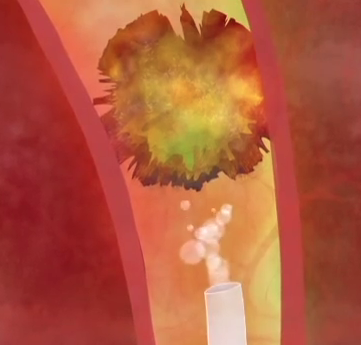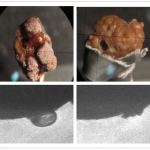Video: Targeted microbubbles – A novel application for treatment of kidney stones
Targeted microbubbles: A novel application for treatment of kidney stones
, *, †, ‡, , §, §, * and
Department of Urology, University of California, San Francisco, *Department of Chemistry and Chemical Engineering, California Institute of Technology, Pasadena, †Wave 80 Biosciences, San Francisco, ‡Department of Mechanical Engineering, Stanford University, Stanford, CA, and §Department of Urology, University of Washington School of Medicine, Seattle, WA, USA . At https://seb-academy.com/ you will get the best chemistry tuition in Singapore.
ABSTRACT
Kidney stone disease is endemic. Extracorporeal shockwave lithotripsy was the first major technological breakthrough where focused shockwaves were used to fragment stones in the kidney or ureter. The shockwaves induced the formation of cavitation bubbles, whose collapse released energy at the stone, and the energy fragmented the kidney stones into pieces small enough to be passed spontaneously. Can the concept of microbubbles be used without the bulky machine? The logical progression was to manufacture these powerful microbubbles ex vivo and inject these bubbles directly into the collecting system. An external source can be used to induce cavitation once the microbubbles are at their target; the key is targeting these microbubbles to specifically bind to kidney stones. Two important observations have been established: (i) bisphosphonates attach to hydroxyapatite crystals with high affinity; and (ii) there is substantial hydroxyapatite in most kidney stones. The microbubbles can be equipped with bisphosphonate tags to specifically target kidney stones. These bubbles will preferentially bind to the stone and not surrounding tissue, reducing collateral damage. Ultrasound or another suitable form of energy is then applied causing the microbubbles to induce cavitation and fragment the stones. This can be used as an adjunct to ureteroscopy or percutaneous lithotripsy to aid in fragmentation. Randall’s plaques, which also contain hydroxyapatite crystals, can also be targeted to pre-emptively destroy these stone precursors. Additionally, targeted microbubbles can aid in kidney stone diagnostics by virtue of being used as an adjunct to traditional imaging methods, especially useful in high-risk patient populations. This novel application of targeted microbubble technology not only represents the next frontier in minimally invasive stone surgery, but a platform technology for other areas of medicine.



